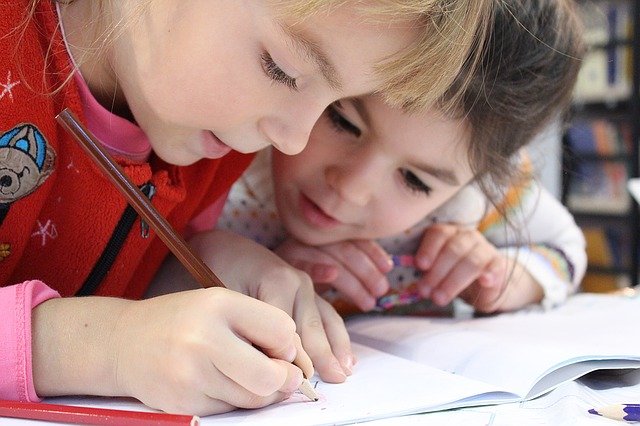
Children have a natural desire to learn about and explore the world around them. They use every available means to do so, from touching and smelling to tasting, hearing, and even questioning an adult. Each of us learns uniquely. They begin to establish a particular learning pattern as they grow and learn more. Every student in a class is likely to have a distinct preferred learning style, making it challenging for you to be the most effective teacher possible. Parents, teachers, and other knowledgeable adults can spot this basic learning pattern by incorporating several approaches.
Online education is also a platform that provides opportunities for students to identify their learning styles. Students who enjoy the learning methods that are essential to online courses may achieve extraordinary success in school. The iCademy Middle East, an American School of Dubai, follows a philosophy of education centered on the ideals of teaching the complete person: fostering intercultural awareness and providing a comprehensive and balanced curriculum that respects diversity and a wide range of learning styles. Students have an Individualized Learning Plan (ILP) personalized to their strengths, limitations, teaching styles, and aptitudes. So if you want to enroll your kid in our Best American School in Dubai that matches your kid’s learning style, contact our enrollment team. We will contact you as soon as possible.
So, let us discuss how you can identify your children’s primary learning styles.
As you observe your kid, you will see strengths and preferences that can help you figure out your child’s learning style. Naturally, you want to assist your child in developing his strengths, but keep in mind that it is also important to push him to grow. Your youngster has the potential to flourish in many areas. As a result, provide a range of experiences to assist your child in developing new talents and interests that will widen their knowledge of the world.
There are three main learning styles, according to research: kinesthetic, visual, and auditory. Children initially exhibit a balance between the three types, but as they grow older, they become more prone to one pattern that helps them thrive and retain into adulthood. It is normal for a parent to want to know what your child’s significant learning pattern is so that you can assist them in studying effectively. Let us take a closer look at the three styles to have a better understanding of them:
Visual learning style: Visual learners are keen observers of their surroundings who like art. Children who are visual learners enjoy reading books and prefer to learn through images and audio-visual media. When gazing at an image, painting, or drawing, these students are drawn to brighter colors and symmetrical patterns. They may also be considered using social media if they are monitored. Their passion for art and craft allows them to have a vivid imagination, which is why they enjoy viewing movies and videos on computers, TVs, and in theatres. It is simpler for such learners to collect, learn, and remember knowledge while seeing images on a screen.
Auditory learning style: As the name implies, auditory learners rely on auditory resources to help them learn and remember knowledge as effectively as possible. Such students are typically strong listeners who enjoy listening to rhymes and recorded stories. They are more likely to grasp instructions and directives when provided verbally rather than in writing. Auditory learners have a strong ear; they have a proclivity for remembering difficult conversations and may repeat words or phrases that would be difficult for other children their age. They like to make little rhymes to help them remember answers, and they frequently read aloud when studying or writing.
Kinesthetic learning style: Kinesthetic learners grasp or acquire a piece of knowledge through physical means. They are naturally curious learners because they have a strong sense of stability. They learn through touching, feeling, or performing tasks, and they frequently count with their fingers, use gestures to comprehend responses, and clap to learn a song. These students often have excellent hand-eye coordination and excel in physical activities.
It makes sense for parents to encourage their children to study in the manner that best suits them. However, this would entail a significant effort on parents during the early years when children cannot create their study strategies and timetables. On the other hand, starting the process early on, on the other hand, aids youngsters in identifying their best learning strategies, preparing them for more difficult classes later on. In addition, children may not be enthusiastic about a certain learning approach at times.
Parents should be supportive, vigilant, and friendly at these times. They should discuss their hobbies or preferred learning methods with their children and then design a study schedule to pique their interest and curiosity. This is why understanding How to identify primary learning styles In children will undoubtedly assist you in determining your child’s learning style. For a long period, some youngsters do not have a clear learning style. After a few years, they tend to gravitate toward one of the three primary learning styles, and that is when the magic begins. This eventually aids the child’s organization.






